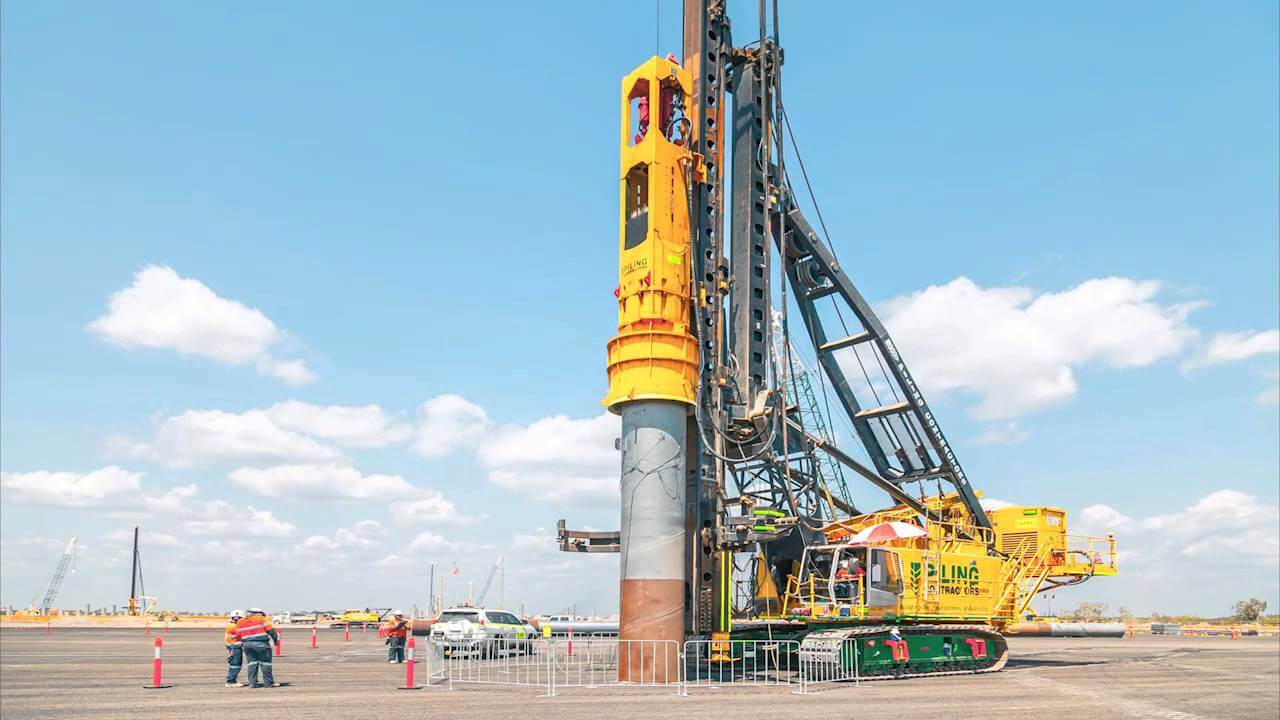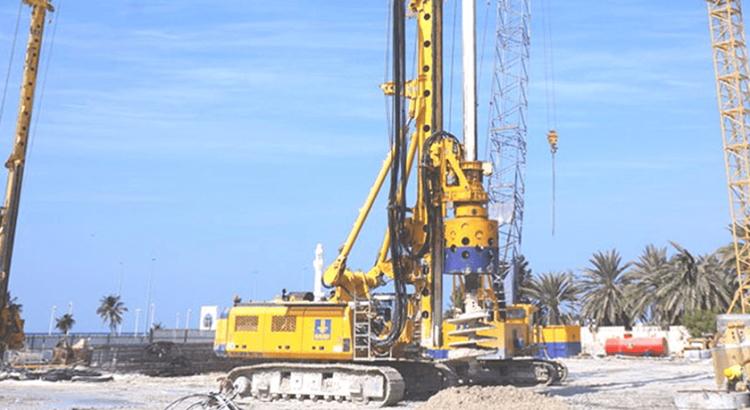Nowadays rock drilling is a very widespread and necessary activity for the extraction of minerals from the earth, construction of roads, tunnels, access roads, bridges, foundations for the construction of buildings, water wells, etc.
For each purpose, there are specific drilling methods appropriate to the requirements that are required, to the investment, speed of realization, quality of the land, environmental conditions, etc.
The drilling of the rocks is the first activity carried out in the field of blasting and aims to open holes with the proper distribution and geometry within the rock mass.
Once the rock is drilled in the hole, the explosives, and their initiation accessories are placed to finally execute the blasting and extraction of the necessary material, according to the project to be executed there are several rock drilling systems, the same ones that have been developed according to the application.
In general, the methods can be classified in the following:
- Mechanics: percussion, rotation, and broken percussion.
- Thermal: blowtorch, a hot fluid, freezing.
- Hydraulics: water jet, erosion, cavitation.
- Sonics: high-frequency vibration.
- Chemicals: micro blasting, dissolution, and expansion.
- Electrics: electric arc, magnetic induction.
- Seismic: Laser beam.
- Nuclear: fusion, fission.

Percussion drilling and rotation
It is the most basic and ancient in its kind since it began to be used thousands of years ago by the use of stone tools.
Then, with the discovery and use of metals, was perfected by creating tools increasingly refined, such as the old steel hammer to drill wells of water and oil (Shank Method), reaching the special steel tools that they are currently used, such as drill bits with hard metal inserts, bars, couplets, butts, and DTH hammer.
These, in conjunction with pneumatic and hydraulic drilling machines, operating from the surface and inside the well.
Its application is in all types of rocks, especially rocks with a medium, hard, hard and abrasive hardness, such as granite, andesite, magnetite, hematite, etc.
Rotary drilling by cutting or slicing
It consists of the use of helicoidal bits with knives of frontal cuts that go slicing the material from the bottom of the hole and evacuating the detritus through the use of also helical bars.
Its application is only in very soft and soft rocks, such as clays, sandstones, slates, etc.
Drilling by crushing
It consists of the use of large, powerful and heavy rotary drilling equipment that act by applying strong thrust on a rotary drill, which is usually provided with three cones with tungsten carbide inserts.
Each cone revolves around its axis and the inserts penetrate the rock surface, producing fracturing and dismemberment in small particles that are commonly evacuated by compressed air.
This method is the most used in the drilling of oil wells and open-pit mining in large deposits.
Its application is in all types of rocks and in general to remove large volumes of material. The range of diameters of most widespread use ranges from 5.25 “to 18”.
Abrasive drilling
It consists of the use of rotating equipment with cylindrical drill bits whose attack surface is provided with diamond inserts or impregnated with this material. Its purpose is to drill the rock through abrasion or high friction.
Its main application is to obtain witnesses in soil drilling for the subsequent analysis of the samples.

